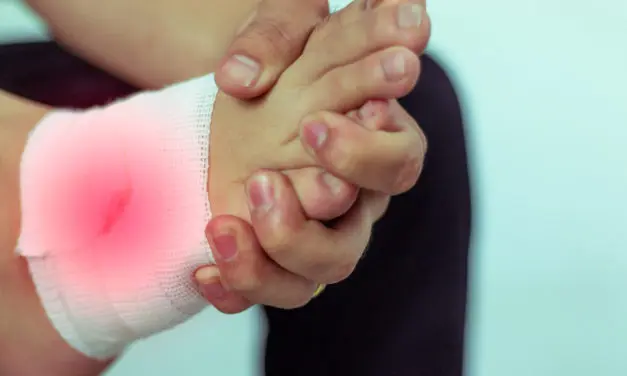
I have often said that combining PEMF therapies with other modalities produces better results than either modality alone. Likewise, I have found that if one could only afford to have one system, PEMFs would likely give the most value because of the broad spectrum of conditions that can be treated and the fact that PEMFs can be used in the home setting. Many other modalities have to be delivered in the professional setting, taking the time and inconvenience of traveling to appointments and preparation for treatment. PEMF therapy does not require preparation of the patient since it goes through clothing and dressings without a problem.
The World Health Organization (WHO) estimates that there are 347 million people around the world with diabetes and one in 20 will develop foot ulcers. In addition, any leg wounds in diabetics tend to heal slowly and poorly. Conventional treatment can be frustrating and slow with many treatment failures. Because of poor circulation and reduced immune function, diabetic foot and leg ulcers are susceptible to infection, which hinders the healing process. One in 6 people with diabetic foot ulcers end up with foot or leg amputations. There are about 80,000 foot amputations annually due to DFU, or about a lower limb amputation every 30 seconds. Lower limb amputations due to diabetes are about 28 times that of any other causes. Lower limb amputations are usually the result of poor wound care. A diabetic wound that doesn’t heal within 2 weeks requires more aggressive management, including PEMFs.
The benefits of PEMF therapy have been proven in recent research. It studied PEMFs’ effectiveness in reducing bacterial infection in diabetic foot ulcers (DFU). They combined PEMFs with laser, comparing it to PEMFs alone. Thirty (30) Type 2 diabetics with foot ulcers were randomly assigned to either treatment. The PEMF used was two Gauss (0.2 mT) at 20 Hz, applied for 10 minutes in 12 sessions every other day. All received standard diabetic medications and nursing care. Wound area was measured initially and after one month. Bacterial count was also measured pre and post-treatment.
PEMF therapy alone drastically reduced bacterial count by 99% [from 100,000 to 1000), while the combination reduced it by 99.9% [from 100,000 to 100). This study shows PEMF therapy is more effective in reducing bacterial contamination compared to adding infrared laser, even with only 10-minute sessions over 12 treatments. More intensive daily treatments may yield even better results. It doesn’t indicate wound healing directly, but it supports PEMFs’ ability to speed healing of leg ulcers, including diabetic ones.
Other research supports using PEMFs alone to reduce bacterial growth, while some suggest infrared laser is better than 0.5 Gauss/20 Hz PEMF, unlike this study. Increased PEMF intensity appears crucial, supported by research on PEMFs’ effects on adenosine. Although this study only focused on bacterial counts in diabetic foot ulcers, not wound healing, other research backs PEMF therapy for speeding foot ulcer healing. PEMFs aid wound healing through various mechanisms, including inflammation reduction, stem cell stimulation, collagen production, and new blood vessel growth.
I once had a patient with a chronic diabetic foot wound. It wouldn’t heal despite 2 years of intensive professional wound management. After just one month of daily home PEMF therapy with a portable 200 Gauss 10/100 Hz PEMF device, the wound significantly reduced in size. It eliminated the need for ongoing professional wound management.
Consider PEMF therapy at home as the primary treatment for diabetic foot ulcers, along with basic wound care. It reduces the need for intensive professional therapy, cutting costs and inconvenience. Combining professional treatments with daily at-home PEMF treatments would likely lead to even faster healing.